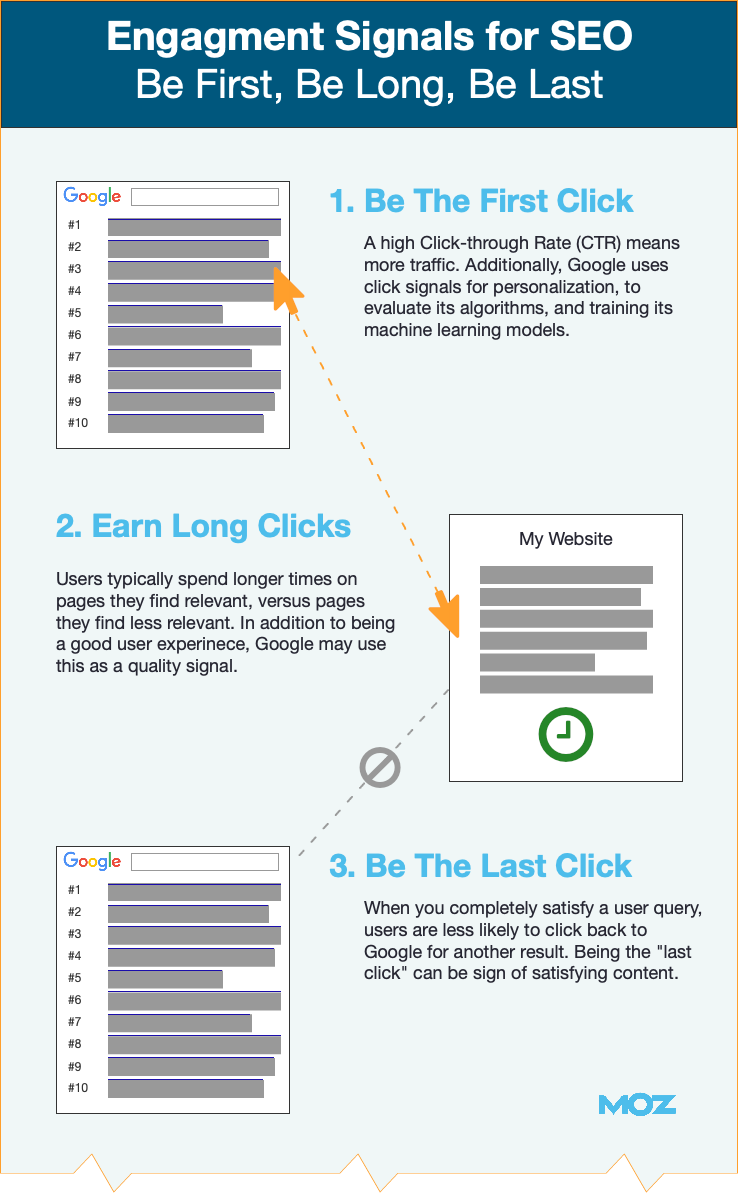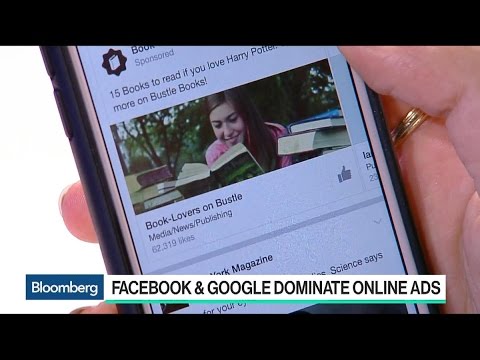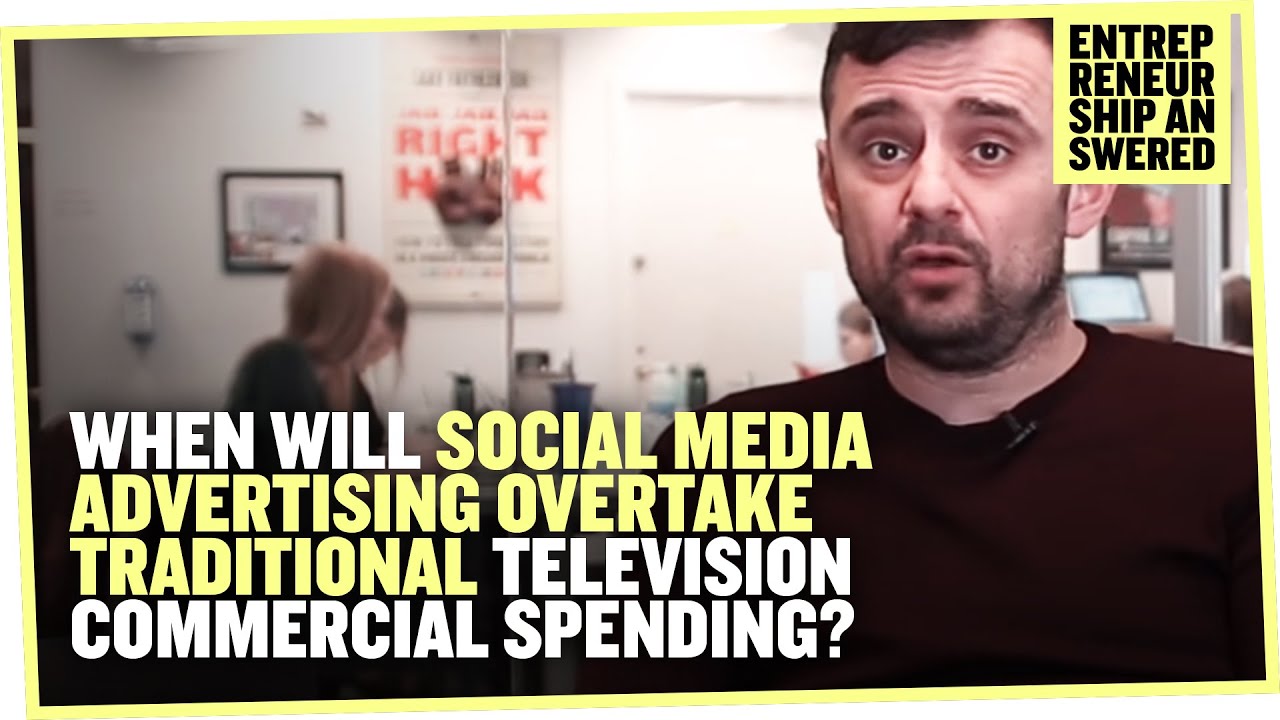9 top SEO recommendations to increase website traffic organically
Are you looking to increase website traffic? Here are 9 top SEO recommendations.
1. SEO recommendation #1 – Statistics
Numbers tell stories. We look for numbers because they help us light a pathway or show us where we should focus our scaling efforts.
Steven Macdonald is an SEO expert with proven stellar track records. He is also a three-time nominee for “Best SEO Campaign”, twice for “Best SEO Team” and once for “Best Content Marketing Campaign” at the Global/ US/ EU Search Awards.
Steven shares great SEO recommendations on his LinkedIn account which I strongly encourage you to follow.
In one of his latest posts, Steven talks about a strategy that works in every industry and is a “goldmine for backlinks”: writing statistics-focused content.
Why? Because writers crave data.
Here is Steven’s process for writing statistics content:
1. Find a topic that relates to your product category
2. Curate *current* stats on that topic into one piece
3. Create a story. Make it engaging (don’t just list a bunch of stats)
4. When quoting stats, always link to the original source
You could publish a stats piece right now and earn links, but the real value lies when you combine stats AND original research
So, step 5: Include original research
Do you want to increase your reach even more?
Here’s an extra tip from Steven: find the missing statistics in your industry.
Writing statistics content is a great strategy and I’ve seen many companies earn hundreds of backlinks and a ton of website traffic, I imagine, with blogs that curated numbers.
What I would add to Steven’s recommendation is to do a quick search on the content that already ranks on Google and pay attention to the numbers in the title.
If there are titles like 10 ways to grow your engagement rate on Facebook posts, then what you want to do is up the ante and go bigger with a title like 25 ways to grow your engagement on Facebook posts.
You need to stand out among the content that’s already ranking in searches.
Here’s an example: 26 user experience UX design stats for digital success
2. SEO recommendation #2 – Original research
In another post, Steven recommends original research as an effective SEO content strategy to increase website traffic.
In the last 12 months, he has used original research to earn backlinks from HubSpot, Magento, and The Telegraph.
These sites are big and their content ranks high in Google searches so earning a backlink from any of them has a huge impact on organic search performance.
The first company I’ve seen applying this strategy and winning big is Buzzsumo with their 2017 article on Facebook video engagement which they wrote after analyzing 100 million Facebook videos published in the previous year. It’s original research content which earned them thousands of backlinks.
The internet is full of fluff content, with the same ideas coming up again and again. It stands to reason that people are looking for original research content which bring s a fresh perspective or the latest insights on a particular topic.
But how do you do original research if you’re not a research company?
Here are Steven’s tips:
1. Use your own data and publish the findings based on how companies in your category use your software (i.e. The average ROI from email marketing based on 1 million campaigns is $X);
2. Send out a survey to your customers, ask questions about industry trends and then publish the answers on your website (55% of businesses plan to increase spend in CX in 2021);
3. Analyze sites in your industry, record best practices/mistakes and then publish that as research;
4. Run a targeted poll on social, collect the results and publish them in your content (i.e. 32% of B2B marketers struggle with demand generation);
5. Partner with a big brand in your space and together, create a unique report on usage, shared-data or engagement (i.e. Based on 10 million data-points, the average sales cycle for enterprise SaaS is X, finds new Brand Y & Brand Z study).
You may think you don’t have the necessary resources. Take a step back and look at your company from a vantage point.
Here’s what I’m talking about: email subscribers, leads, customers, Facebook group members, LinkedIn connections, Instagram followers, social media contest participants, employees etc.
3. SEO recommendation #3 – Roundups
We all want to rank high on the first page in Google search results and focus our efforts to achieve this objective.
But you shouldn’t overlook traffic from social media.
Sharing links to your latest blog on your personal account, company page, group or story is good practice. Every marketer knows that the work doesn’t stop when you hit Publish.
Social media platforms don’t support posts that encourage the user to leave their sites because they’re losing the opportunity to show users ads, therefore, bring in revenue.
But with smart copy, you can get your audience to click on the link and read your piece. In fact, for many companies that rely on fresh content, social media is their second traffic referral.
What you can do to boost your website traffic from social media is to write roundup content.
Round up content is where you put together quotes, insights or other pieces of information from a number of industry experts. Like this article here: 20+ valuable marketing insights from experts.
There are a number of ways you can get the information you need. You can invite the experts to answer your questions or you can browse their content and extract what you need.
After you’ve finished the article, share the link to your content on social media and tag the experts you are quoting in your material.
This will get their attention and they will hopefully share your content with their community. It will help raise awareness of your content, earn clicks to your roundup article and increase traffic.
It’s also a great way to reach an audience that you might not have otherwise.
4. SEO recommendation #4 – Use unique images in your content
Here’s a third recommendation from Steven, one he calls “an often-overlooked marketing tactic”: include unique images in your content.
Why? Because people look for images on Google.
Do you want to know more about a specific business framework?
Instead of reading a 1000-word blog, you could search for PESTEL analysis, for example, on Google images and find illustrations that communicate the essence of this business framework in a beautifully designed image. If you need further information, click on the image and voila! you’re a new website visitor.
Should all your blogs include unique images?
Yes. But if you don’t have the necessary resources, you should do a selection.
Here’s the process Steven uses:
1. Find your most linked-to blog post (Ahrefs > Pages > Best by links)
2. Hire a designer and replace all assets with new, unique images
*The next 2 steps are crucial*
3. Give the image an SEO-friendly file name (i.e. linkedin-post.jpg).
Upload it
4. Use the same file name as the image alt text (i.e. LinkedIn Post)
5. Click SAVE. Repeat this process for at least 10 more posts
As Steven puts it, “Good design doesn’t compete with copy. It makes it better.”
5. SEO recommendation #5 – People also ask
Google search bar is not the only information source where marketers discover what people are looking for, what they want to read and what problems they are looking to solve.
What marketers should take into account when writing a piece of content is the questions in the People also ask box.
People also ask is a Google feature that answers questions related to the user’s search query. In this feature, Google shows the answer to one question with a clickable link to the source.
It’s a good SEO strategy to write content that answers people’s questions. So all you need to do if you want to write content that people want to read is discover what questions people are asking and include your answers in your content.
People also ask is a great source for new content generation.
6. SEO recommendation #6 – Google’s Page Experience Update
In 2020, Google announced the rollout of a new update that will influence websites ranking in search results. The update focuses on page experience signals.
Here’s what Google says in the announcement:
These signals measure how users perceive the experience of interacting with a web page and contribute to our ongoing work to ensure people get the most helpful and enjoyable experiences from the web.
The new page experience signals combine Core Web Vitals with our existing search signals including mobile-friendliness, safe-browsing, HTTPS-security, and intrusive interstitial guidelines.
The update will roll out in June 2021.
The page experience update is important because Google plans “to test a visual indicator that highlights pages in search results that have great page experience.”
What does this mean for companies looking to drive website traffic from Google search results?
The pages highlighted by Google as having a good page experience will rank before the pages with no such indicator.
I’ll let Greg Gifford, experienced local SEO consultant tell, you more about Google’s upcoming Page Experience update:
7. SEO recommendation #7 – Optimize content for click-based signals metrics
One of the subjects that SEOs have been debating over for a long time is whether or not Google uses click-through rate in its ranking algorithms.
SEO expert Cyrus Shepard argues in his piece on the Moz blog that this debate misses the point.
We shouldn’t ask ourselves if Google uses clicks for ranking, we should assume Google uses clicks for rankings.
In his article, Cyrus provides an in-depth analysis of a patent Google published recently called “Modifying search result ranking based on implicit user feedback.”
According to Cyrus, Google uses 3 types of clicks to calculate engagement metrics for SEO.
Here they are as described by Cyrus:
More Clicks (“High CTR“): earns you more traffic no matter your rank, and initial clicks form the basis of all subsequent click metrics.
Improved Engagement (“Long Clicks“): almost always a positive sign from your users, and often an indicator of quality as well as being correlated with future visits.
User Satisfaction (“Last Click“): the holy grail of SEO, and ultimately the experience Google strives to deliver in its search results.

8. SEO recommendation #8 – Updating high-performing content
John Bonini, Director of Marketing at Databox and a marketer with 10 years of experience, says this in a LinkedIn post:
“If you’ve been blogging for more than 12 months, your biggest short-term growth opportunity is *not* publishing new content.
The biggest opportunity?
Updating the “old” stuff.”
What John recommends is not updating any old posts. He has perfected the selection process for updating content and found 3 types of content that should be updated:
The Biggest Losers: Content that’s decayed at a high traffic volume.
The Almost Famous: Content that’s currently ranking on page 2.
The Nobodies: Content that’s targeting high-intent, high-volume keywords that are not ranking at all.
If you want to learn more about John’s content updating process, connect with him on LinkedIn.
9. SEO recommendation #9 – Content series
People learn more easily when information is organized in an efficient way: lists, categories, how-tos etc.
Writing content in easily digested formats is also a good strategy for the content writer.

I found that writing content on a specific topic in the form of a series provides many benefits for our audience and our brand.
The content series helps the brand stay top of mind with its audience and the audience learns what to expect from this type of content.
If the content is relevant and interesting, you have a winner because it helps the marketer achieve one of the most important goals in marketing: to influence behaviour.
We’ve had success with the Failure Stories series which features some of the biggest failures in business while providing the reader with an opportunity to learn from their mistakes (Nokia, Toys R Us, Forever21, Thomas Cook, Kodak).
Another successful series is Growing Industries where we highlight the industries that are set to register significant growth in the near future. If you are looking to invest funds or are unsure which market to enter, this series is a good starting point.
What SEO recommendations do you follow?
Share in comments.
Join the Conversation
We’d love to hear what you have to say.
Get in touch with us on our LinkedIn Page, Facebook Page, Twitter or TikTok.
Mobile advertising to pass the $100 billion mark for the first time
Digital media has now surpassed linear television to become the No.1 category in advertising revenues. Within digital, the majority of advertising sales (54%) is now generated by impressions and clicks on mobile devices. The data are gathered from Magna Advertising’s Spring Forecast, June 2017. Globally, media owners advertising revenues are projected to grow by +3.7% in 2017, to $504 billion. This is a noticeable drop compared to 2016 which displayed a record +5.9% growth rate. Global advertising growth is expected to re-accelerate to +4.5% in 2018, with the return of even-year events (Football World Cup in Russia, Mid-Term U.S. elections, Winter Olympics in South Korea).
Online advertising sales will grow by 14% this year while offline ad sales (television, print, radio, out-of-home) will decrease by -2% (last year was flat), but it will pass the $200 billion mark ($204 billion) to become the #1 category globally, with 40% of total ad sales vs 36% for television. Within digital, the majority of advertising sales (54%) is now generated by impressions and clicks on mobile devices.
The star of these years, the mobile advertising will be passing the $100 billion mark for the first time this year ($110bn), while the video and social formats will continue to drive digital advertising growth (+30% or more) with paid search growing double digits again (+13%) to remain the number one format (almost half of digital ad sales). The two digital-native advertising formats or environments (search and social) now represent a combined 70% of total digital ad spend and will capture 85% of the net growth this year. For the second year in a row, social video formats (counted as “social” by MAGNA) will represent a major driver to digital spend, attracting major consumer brands in the social environment where, until recently, there was not significant spend in this category.

While this is slower than last year’s 51.6% mobile growth rate, it represents $27 billion of incremental mobile advertising spend, which is in line with last year’s $28 billion of incremental mobile spend. Mobile isn’t losing any momentum; growth rates are only declining because of the increasing base of mobile advertising spend. This strong growth contrasts with desktop growth, which is expected to shrink by -2.2% this year. This is the second consecutive year of negative desktop advertising growth, and it is expected to continue to decline for the foreseeable future. Within digital, search advertising is by far the largest portion of spend; search is expected to grow by 13% this year to reach $99 billion, or just under half of total digital advertising budgets. This growth represents 30% mobile search growth, and desktop search shrinking by -3%. Mobile search advertising has passed the halfway point to become the majority of search advertising spend, with 55% total share expected this year. Furthermore, the incremental $11 billion of search advertising spend represents over 40% of total incremental digital dollars. Search has been especially strong because of both continued new product innovations such as search re-marketing and customer match lists, along with the growth of non-core search such as Alibaba product listings. Furthermore, search advertising continues to be strong because of its position in the advertising funnel and the ease with which search activity can be connected to customer behavior and sales. Looking forward, search advertising will remain robust, growing around 10% annually to reach $140 billion by 2021. At that point, it will be larger than newspaper, magazines, radio, and OOH combined.
Equally important within digital advertising is social media, which is expected to grow by +32% this year to reach $42 billion, slightly ahead of prior expectations for +29% growth. Social advertising is the fastest growing portion of digital spend, and like search, this is because of mobile platforms. 85% of total social advertising dollars are coming from mobile devices, the highest share of any digital sub-format. Furthermore, social’s 31.6% growth rate represents $10 billion of incremental spend. This is nearly as much as can be found in search advertising despite social being less than half the total size. Growth comes both 10/17 from increased social usage and penetration, as well as new product innovations, including social video, and increasingly dense ad loads on social media. Looking forward, mobile advertising will continue to be dominant in social: by 2021 it will represent 93% of total social media sales. Impressively, search and social combine to represent more than the total of incremental dollars across all media formats (offline media and shrinking digital formats like banner display are net losers; search and social are the growth engine for global ad spend). Video advertising is growing nearly as quickly as social media; growth this year is expected to be 30%, which will bring total video advertising spend to $23 billion. While desktop video is still showing growth at +14% (unlike most other desktop formats), the engine for online video ad spend growth is mobile (+56% growth expected to bring mobile share of video spend to +45% this year). Mobile video will match desktop next year as the mobile video experience, wireless broadband penetration, and mobile video content continues to improve. By 2021, online video advertising will have passed the $50 billion mark globally, and digital video will represent more than 20% of total video viewing (TV and online video). Banner display and other digital advertising formats (email advertising, online classifieds etc.) are stagnating, with both expected to shrink by around -3% this year. Not only have brands found better outcomes using other digital formats such as search, social, and video, but display inventory is also on the decline. Standard banner online real estate is being replaced by video and other rich media formats.

“The record level of growth in 2016 globally, outperforming economic growth, was caused by marketers willing to embrace the new opportunities offered by digital media (search, social, video, programmatic) on a larger scale, while anxious to preserve their share of voice on traditional linear television, despite rising CPMs costs. In 2017, both digital and offline growth will slow down. Online advertising sales will nevertheless continue to grow by double-digits in most markets (globally +13%), but television ad sales will decline (-1%) due to softer price increases, ratings erosion and the lack of global sports events,” declared Vincent Létang, EVP, Global Market Intelligence at MAGNA and author of the report.
In the UK, online advertising sales will grow by an average 10% through the region, to $42 billion. Digital advertising now represents almost 42% of total advertising in Western Europe, slightly above the global average (40%). The fastest-growing formats will be social media (+37%) and video (+19%) while paid search spending will grow by 10%. Ad revenues from static banners will decrease by 5%. In terms of platform, mobile will capture all the growth (+36% to $19 billion). Mobile ad sales will represent 43% of internet ad sales by the end of 2017, which is slightly below the global average or APAC average.
How often should you post on social media until it gets annoying?

Too often? Too little? Not enough? Too much? One of the most important questions that rise when thinking about the social media strategy for your brand. The frequency of updating your pages on social media is a key factor to the social media account’s success.
When it comes to Facebook there is a public, known rule of two posts a day that, according to Forbes, is a rule that works if you are handling a substantial Facebook following of at least 10,000 followers. “Whenever you have an audience of this size, there is almost no disagreement that posting twice a day is the way to maximize clicks and engagement on your content. But what if you have a smaller following? Say only a few thousand, or even a few hundred? Does this rule still apply?” added the Forbes editors.
The answer, as expected, is complicated and not easy to be given. It takes testing, learning more about your followers and listening to the specialists and paying attention to their pieces of advice.
With over 1 billion accounts Facebook is the place to be. But, not every fan you have on Facebook will see everything you post. And that due to Facebook EdgeRank. The more your followers like, share and comment on your posts, the more likely they are to see them in the first place. This is where great content comes into play. Your followers will want to comment, share or like posts that keep their interest, make them laugh or teach them something. The advice given by yahoo.com would be to post at least 3 times a week, but every day would be even better. You don’t have to create all the content; share fun pictures, e-cards or posts that you think your followers will like. Sharing counts towards EdgeRank and engagement.
According to coschedule.com, when it comes to Facebook, the recommended posted time is one post a day, between 1-4 pm. Curate or re-share a post every other day. Ahalogy suggests that posting to Facebook no more than once a day is best or you’ll start to feel spammy. Buffer says you can post to Facebook twice a day before likes and comments drop off. Constant Contact says to post on Facebook a minimum of three times per week while keeping your maximum posting frequency to 10 times per week. DowSocial says two Facebook posts per day as a minimum works well for increasing your reach. They also suggest that sharing fewer posts and then promoting them is the best way they’ve seen to increase their engagement. HubSpot’s benchmarks suggest to post to Facebook a minimum of three times a week. They say to set your maximum number of Facebook posts to 10 times per week.
LocalVox likes to post once a day to Facebook as a maximum while three times a week is their suggested minimum. Nulou suggests to post a minimum of three times a week to maintain your consistency while keeping your maximum number of Facebook posts to no more than 10 a week. Quick Sprout found that Facebook pages with smaller amounts of followers should post about 16–30 times a month, or roughly once every day or two. If you have a bigger fan base, Neil Patel suggests posting at least 31 times a month, which he says is about once or twice a day. Mari Smith recommends 5–6 Facebook posts per week. And some good advice: Skip weekdays if you have to, but not weekend days, since Facebook users tend to be active on the weekends and in the evenings.

source: CoSchedule
According to yahoo.com, unlike Facebook, on Linkedin you won’t need to post things quite as often, maybe a couple times a week, if you have important things to share. Be sure to participate in groups, they’re great for establishing thought leadership and making connections on your industry. This is a place to network with others in your field and maybe find new business, so share blog posts, events and relevant info for your industry.
Important is once again to test and see what kind of content your fans and followers interact with, in order to find your own post frequency sweet spot. Keep in mind that your followers may have many different schedules and you may find more comments, shares and retweets happening around 8 pm rather than at noon so give it a try and see what works best.
The specialists consider that the best frequency of posting is one time a day, between 10-11 am. Buffer says 20 posts a month or posting once a day helps you reach 60% of your followers on LinkedIn. Constant Contact recommends posting on LinkedIn at least two times per week. Post a maximum of five times per week. DowSocial recommends sharing daily to LinkedIn, but doesn’t provide a solid number. They suggest that daily shares keep your followers in the loop, but not overwhelmed. HubSpot’s benchmarks recommend posting at least twice a week, while your maximum posting frequency should be no more than five posts per week. Nulou says to post to LinkedIn a minimum of two times a week to maintain consistency while five times a week should be your maximum number of posts. Quick Sprout cited LinkedIn’s own recommendations for an ideal posting frequency of 20 times a month, which is about once every business day.

Source: ShortStack

